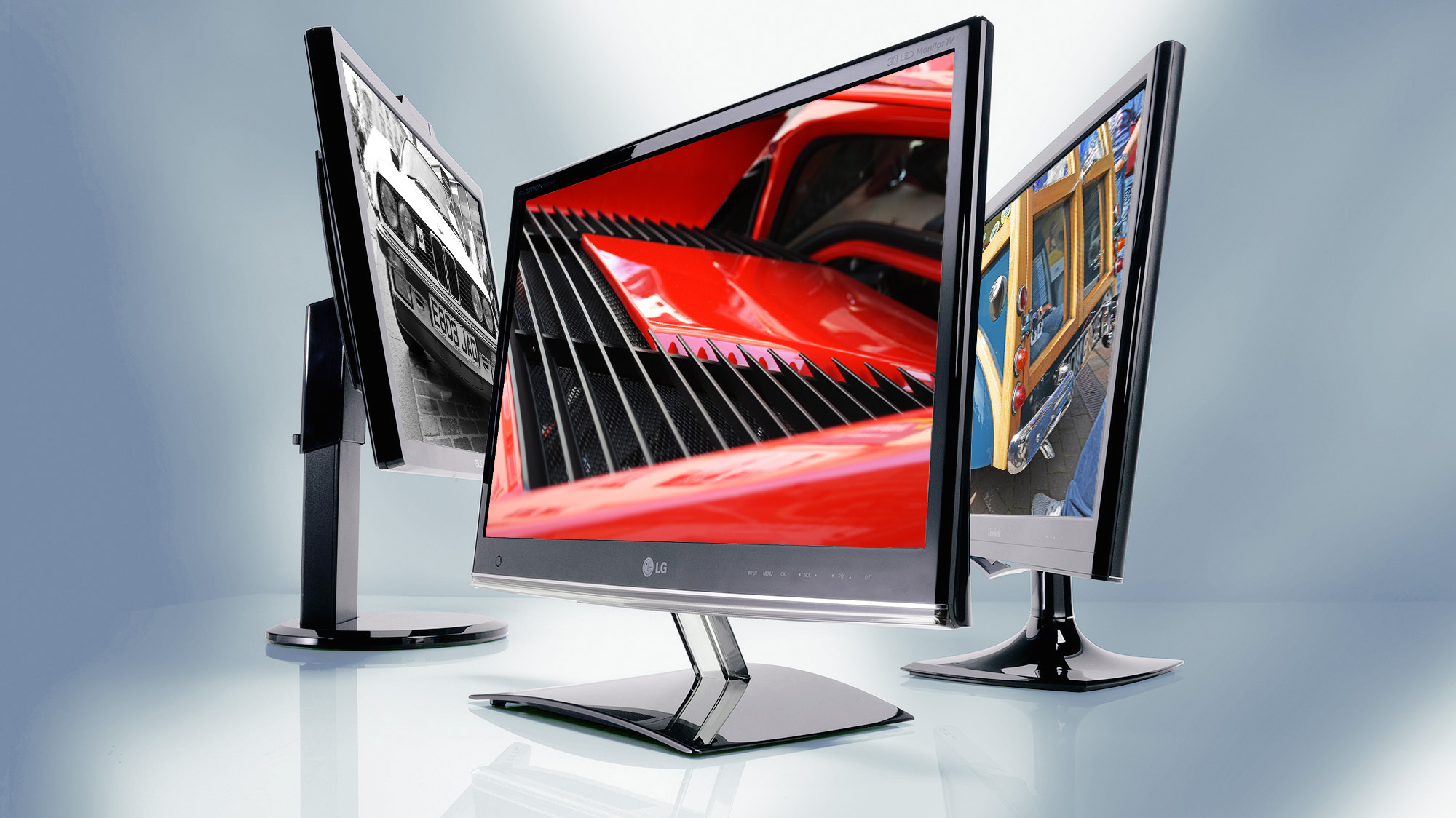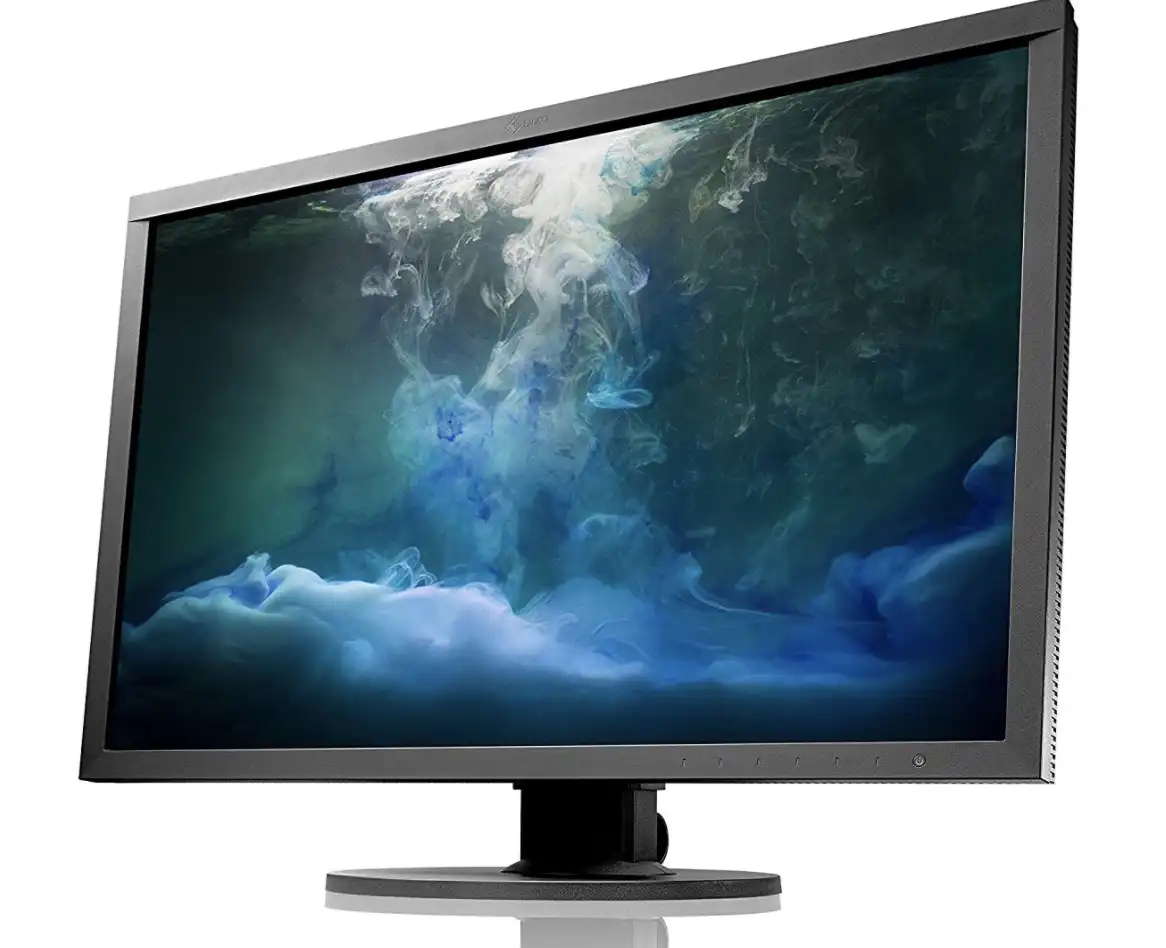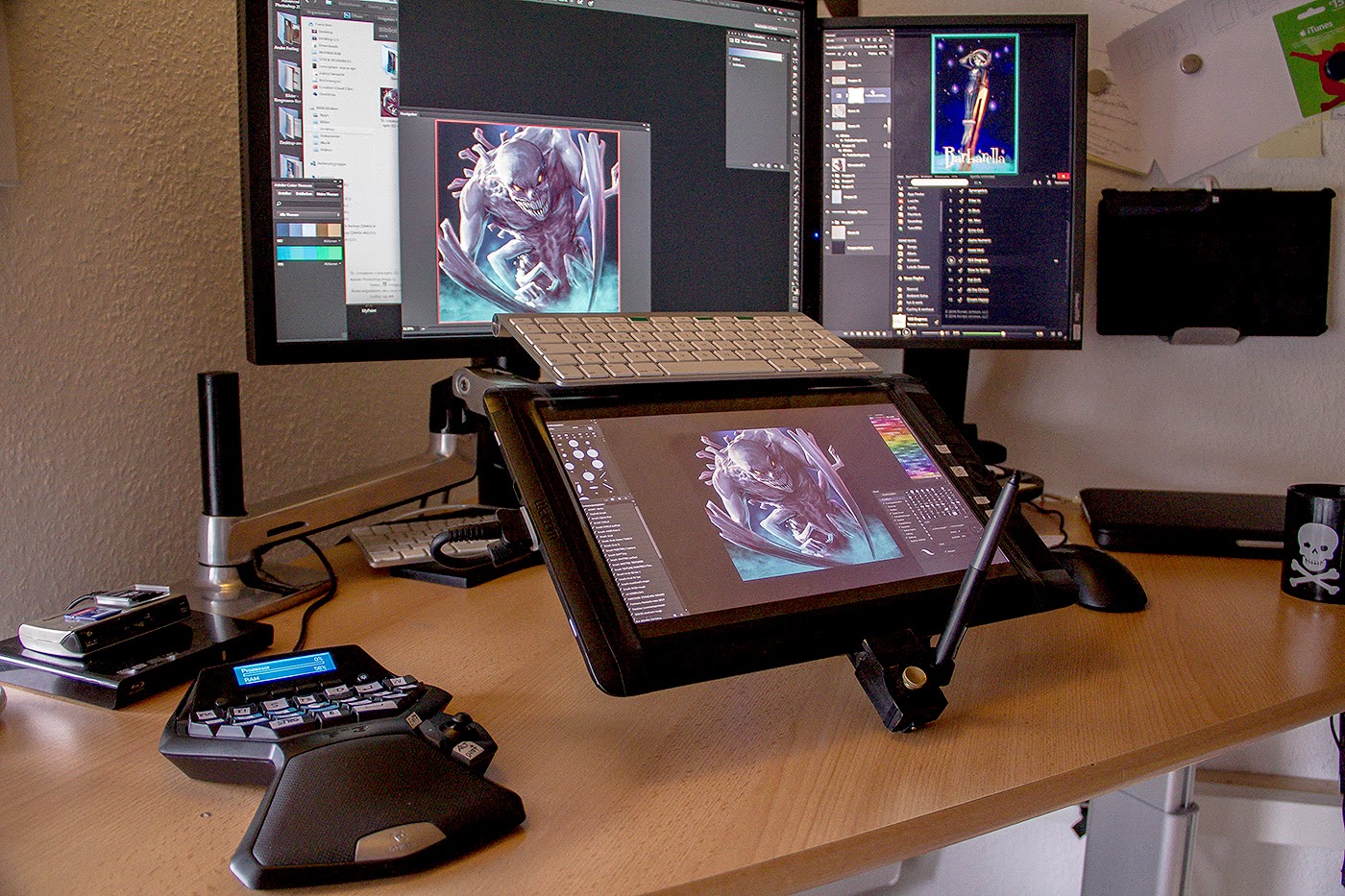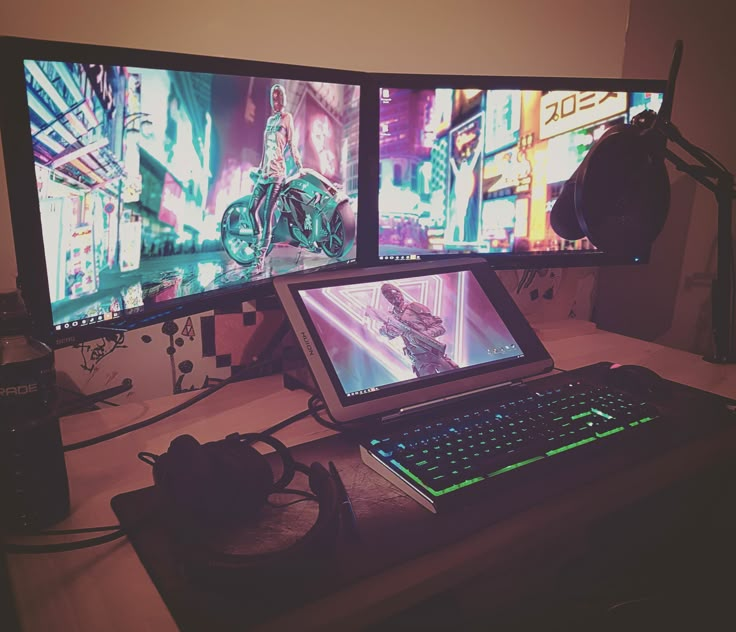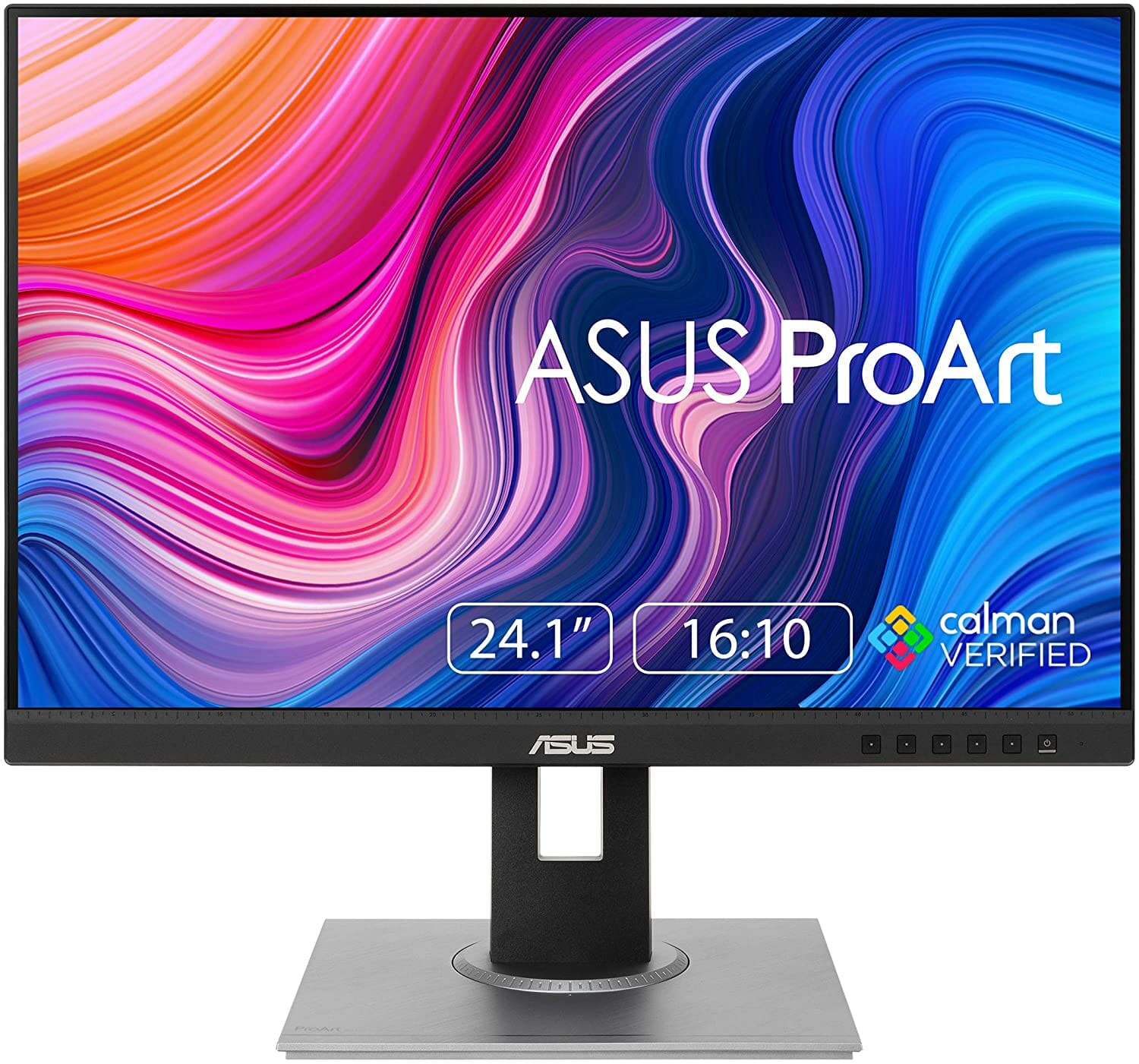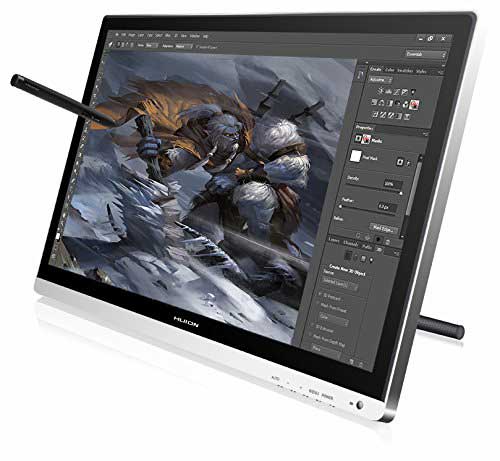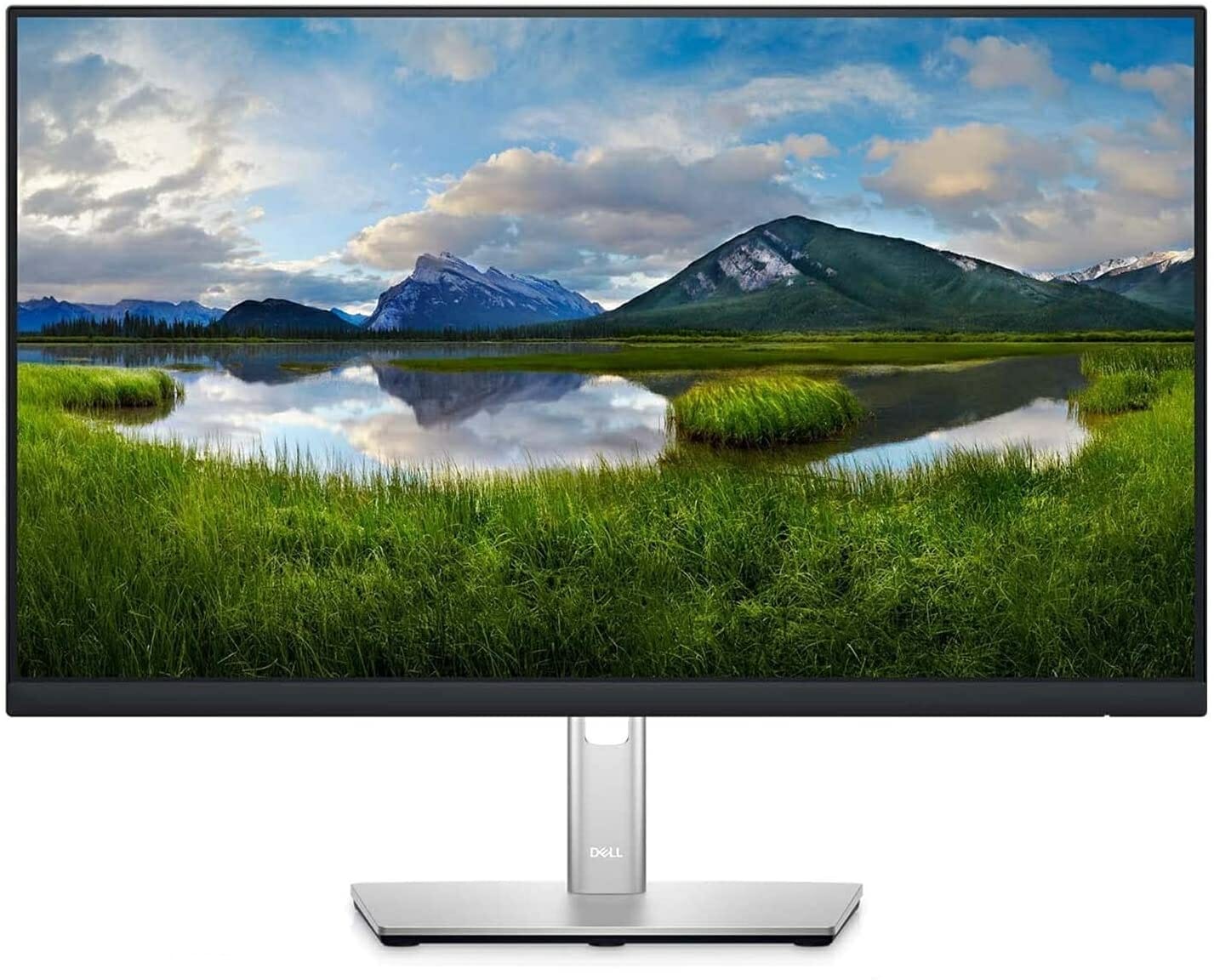Best Computer Monitor For Artists
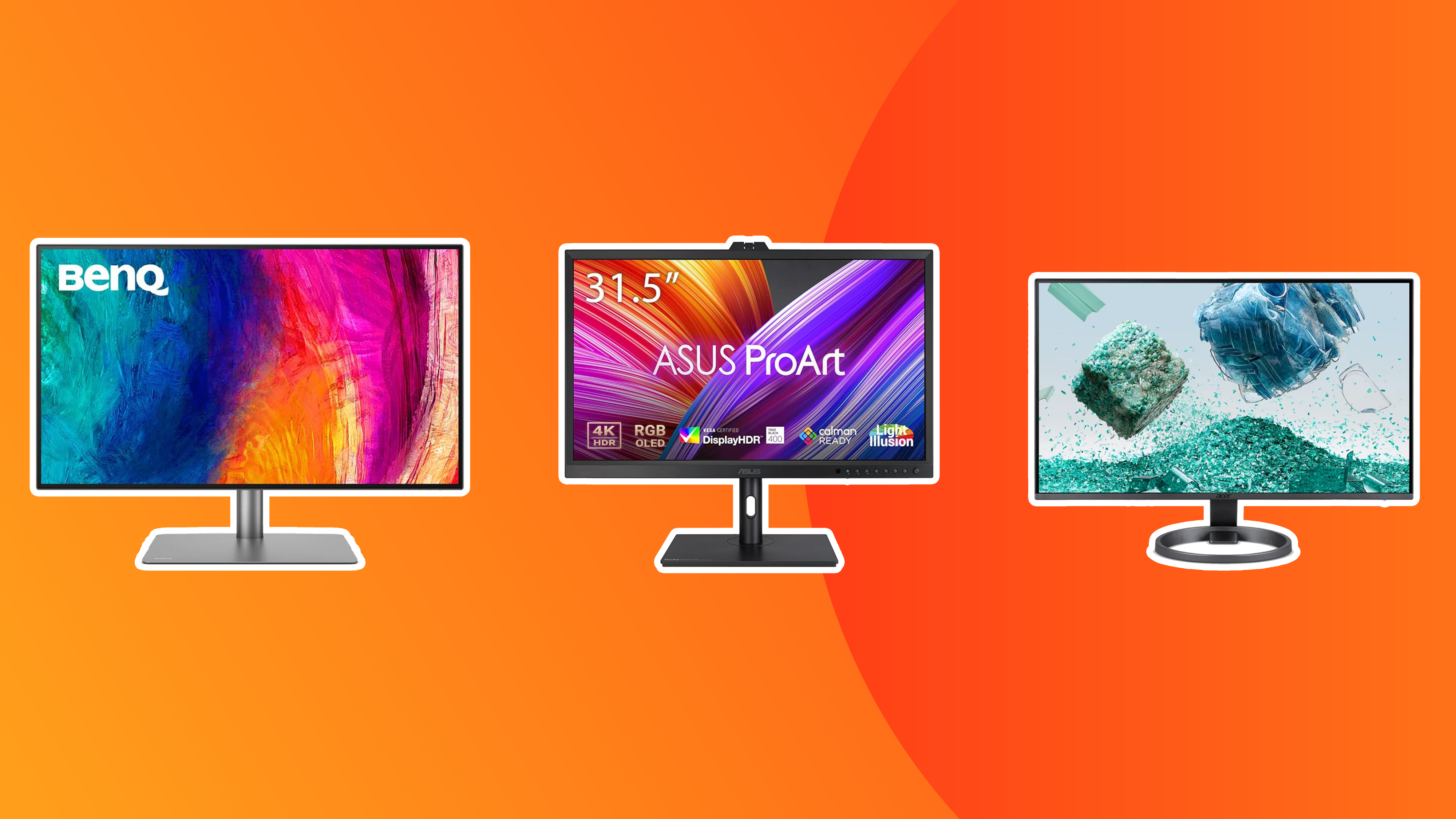
Fellow artists, let's be honest: that masterpiece isn't going to paint itself, and neither is that bank account going to magically refill. Forget the fancy "pro" setups – we're diving into the world of budget-friendly monitors that won't leave you eating ramen for the next year. This guide is for the artists who need to create stunning work without spending a fortune.
Why a Decent Monitor Matters (Even on a Budget)
You might think, "A screen is a screen, right?" Wrong! Color accuracy, resolution, and screen size are crucial for digital artists. A bad monitor can distort colors, making your digital creations look completely different in print or on other devices.
Resolution impacts the detail you can see, and a cramped screen stifles your creativity. Trust me, investing in a *good enough* monitor makes a world of difference, and it doesn't have to break the bank.
The Bargain Hunter's Shortlist: Monitors That Won't Break the Bank
Here are three options tailored to different needs and price points:
- The Ultra-Budget Option: Used Dell UltraSharp U2415 (24-inch, IPS) - Perfect for artists who are really pinching pennies but still want a decent IPS display.
- The Sweet Spot: ASUS ProArt PA248QV (24.1-inch, IPS) - Offers excellent color accuracy at a reasonable price.
- The "Splurge" (Relatively Speaking): BenQ PD2700Q (27-inch, IPS, QHD) - A larger screen with higher resolution for those who need more workspace.
Detailed Reviews: Digging into the Details
Used Dell UltraSharp U2415: The Frugal Artist's Friend
This monitor is a workhorse. It offers decent color accuracy for the price (especially if you can find a well-maintained used model). Expect to find it on eBay or Craigslist for under $100.
While it's not the *absolute* best for color-critical work, it's miles ahead of generic office monitors. Be sure to check for dead pixels before buying.
ASUS ProArt PA248QV: The Color-Accurate Champion
The ASUS ProArt series is known for its color performance, and the PA248QV delivers without emptying your wallet. It covers 100% of sRGB and Rec. 709 color spaces, which is crucial for most digital art workflows.
It comes pre-calibrated, but you can further fine-tune it with a colorimeter if you want to get serious. Plus, the ergonomic stand is a nice bonus for long drawing sessions.
BenQ PD2700Q: More Screen, More Pixels, More Art
If you need more screen real estate, the BenQ PD2700Q is a solid choice. The 27-inch QHD (1440p) resolution gives you plenty of room to work and see fine details.
It also boasts good color accuracy and several helpful features like CAD/CAM mode and animation mode. It's not the cheapest option on the list, but it offers excellent value for its size and features.
Specs Showdown: Performance and Features Compared
Here’s a side-by-side comparison of the key specs:
| Monitor | Screen Size | Resolution | Panel Type | Color Gamut | Typical Price | Overall Score (Out of 5) |
|---|---|---|---|---|---|---|
| Used Dell UltraSharp U2415 | 24-inch | 1920x1200 | IPS | 99% sRGB | $70-$120 (Used) | 3.5 |
| ASUS ProArt PA248QV | 24.1-inch | 1920x1200 | IPS | 100% sRGB, 100% Rec. 709 | $180-$220 | 4.5 |
| BenQ PD2700Q | 27-inch | 2560x1440 (QHD) | IPS | 100% sRGB | $280-$350 | 4.0 |
Note: Prices can fluctuate, so shop around!
What the People Say: Customer Satisfaction Data
Based on user reviews and ratings across multiple platforms:
- Used Dell UltraSharp U2415: Users praise its reliability and image quality for the price. Common complaints include potential dead pixels in used models.
- ASUS ProArt PA248QV: Highly rated for its color accuracy and ergonomic design. Some users wish it had a higher resolution.
- BenQ PD2700Q: Appreciated for its larger screen size and QHD resolution. A few users find the stand a bit wobbly.
Maintenance Costs: Keeping Your Screen Alive
Thankfully, monitor maintenance is usually minimal. Dusting the screen regularly with a microfiber cloth is crucial. Avoid harsh chemicals.
The biggest "cost" is power consumption, but even a 27-inch monitor won't significantly impact your electricity bill. However, if buying used, consider the lifespan of the backlight, which may eventually need replacement (though this is rare).
The Bottom Line: Making the Right Choice for Your Art (and Your Wallet)
Choosing the best monitor for your art doesn't have to be a financial burden. The Used Dell UltraSharp U2415 is the ultimate budget option. It's great for beginners, while the ASUS ProArt PA248QV offers a sweet spot of color accuracy and affordability.
If you need more screen real estate, the BenQ PD2700Q is a solid choice. Before you click "buy," consider your budget, your typical workflow, and the level of color accuracy you truly need.
Time to Create!
Now that you're armed with the knowledge of a bargain-hunting artist, go forth and create! Share your art online and tag us with #BudgetArtistCreations – we'd love to see what you make!
Frequently Asked Questions (FAQ)
Q: What is IPS, and why is it important?
A: IPS (In-Plane Switching) is a panel technology that offers wider viewing angles and better color reproduction compared to TN (Twisted Nematic) panels. It's crucial for artists who need accurate colors from different viewing positions.
Q: Do I need to calibrate my monitor?
A: While most monitors come pre-calibrated, using a colorimeter for calibration will ensure the most accurate color reproduction. This is especially important for professional work.
Q: What is sRGB, and why is it important?
A: sRGB is a standard color space used in most digital devices. A monitor that covers 100% of the sRGB color space will display colors accurately for web design, digital painting, and general use.
Q: What's the difference between 1080p, 1440p, and 4K?
A: These refer to the resolution of the monitor. 1080p (1920x1080) is Full HD, 1440p (2560x1440) is QHD, and 4K (3840x2160) is Ultra HD. Higher resolution means more pixels and a sharper image.
Q: Can I use a gaming monitor for art?
A: While gaming monitors often have high refresh rates, they may not always prioritize color accuracy. Look for gaming monitors with IPS panels and good sRGB coverage if you want to use them for art.
